Steer Clear of Sugar Traps: Secrets of Foods to Avoid
The concern in this paper is the Prevalence of diabetes in the United States which has been on the rise, reaching 9.3% in 2015. Diabetes being one of the chronic diseases, people need to make drastic changes to their diets and overall way of living. But diabetics must know the foods that could harm them, even if ostensibly they contain useful elements.
Need to know why those so-called ‘nutritious foods’ may harm you? Perhaps, they may have food preservatives, salts, and sugars that we are aware of or some other components that are unknown to us. These are also not easy to decipher on the nutritive value label most of the time. However, that is not going to happen to you if you have read this guide above. This Article also describes the worst foods for diabetics and what many people would consider sneaky foods.
1: Diet Soda: Nearly as Detrimental as Regular Soda

As you already know that suitable diet for diabetic persons never allows taking soda. Even probably the best-known type of soft drink – the ‘diet’ soda – is not without dangers even for diabetics. In the research conducted by the American Diabetes Association, it is evidenced that diet drinks do affect diabetes. The research participants regularly consumed an aspartame-rich diet soda and had a significantly increased risk of type 2 diabetes by 67 per cent. And it was not only diabetology. They even suffered high sugar levels, abdominal obesity, and increased metabolic syndrome.
While conducting a study, the Clinical and Experimental Ophthalmology article succeeded in finding the relationship between the consumption of diet soda, and the probability of getting diabetic retinopathy. According to the final findings, diet soda was again proved to be disadvantageous to the health of the consumers because it harms the eye’s blood vessels. This could lead to new risks of blindness for patients who have to take diabetic medications. That’s right, if you want to keep the body in good condition then it’s high time to forget about your beloved diet sodas.
2: Artificial Sweeteners: Not as Diabetic-Friendly as You Think

Still, they describe it as ‘diabetic-friendly’, such foods with artificial sweetening components are equally injurious as the first set. In a survey that was conducted in 2018, a rather distressing discovery was made that artificial sweeteners are, the biggest mistake science wants society to see, regarding issues of diabetes and obesity. These sweeteners are capable of interfering with the blood glucose level and the caliber of the blood vessels dilating or constricting as a whole in the task of the insulin.
According to some other research, it has been pointed out that other sweeteners such as stevia and tagatose will not have an impact on increasing blood glucose levels. This means that there is yet so much variety of sweeteners that can be very dangerous to diabetic individuals or can be dangerous to them more severely than others are. Nonetheless, the best advice still rests on one’s physician or a nutritionist if you wish to gain all your answers regarding which of the artificial sweeteners sold in the market is the best.
3: Opt for Full-Fat Milk Over Low-Fat Varieties: Here’s the Reasoning

Considering the numerous types of milk available in the market today, it has always been a topic for debate on which type of milk is safe for consumption among diabetics. They even in the past advised low-fat milk in an attempt to prevent high description of fat in the diet. A different notion that is quite the contrary was said by Nicole Anziani, a registered dietitian, and she stated that low-fat milk did raise blood sugar. Wondering why? Well, just because low-fat milk, remains nearly 90 % of its fat calories replaced by sugar, thus offering more chances of diabetes.
Anticipating what people thought, a study conducted in Sweden early this year found out that other than increasing the risk of cardiovascular diseases, taking foods rich in high fats such as yogurt decreases the chances of diabetes. Several other similar types of research state that high-fat milk does not increase the symptoms of diabetes or exacerbate it, or has no role in the development of diabetes. Thus, low-fat milk is not healthy or beneficial either in the context of fat or in the context of contributing to improved health. High-fat milk should automatically be preferable to normal milk for everyone – especially diabetics.
4: Choose Plain Yogurt Over Flavored for Optimal Health

While taking our focus to PLoS ONE, a meta-analysis published back in 2015 claimed, “yogurt is healthy for diabetics”. Our focus is important to note that the analysis only noted the plain, unsweetened yogurt. It was convenient to know that typical yogurts (fruit-filled) contain added sugars. This particular claim is supported by Despina Hyde Gandhi, who is a registered dietitian.
Some dairy products are loved because of their low GI values (glycemic index values). However, the density of the toppings such as syrups and fruits enhances the index. Processing of yogurt involves adding flavours to the yogurt and therefore the best way to prepare it is by using non-flavored yogurt. You may add fresh fruits, especially for natural flavour as well as nuts. According to whomever went to get advice from a registered dietitian, Heather Cunningham, Always check the label when purchasing yogurt and ensure that it has carbs less than 20 grams and no additional sugars at all.
5: Steer Clear of Caffeinated Beverages: Bid Farewell to Lattes & Cappuccinos

However, there have been no studies that directly or scientifically relate caffeine products to diabetes. However, since caffeine raises blood sugar levels, diabetics should avoid taking products containing caffeine until they talk to their physician. A 2008 study found out that, 250 mg of caffeine shoots the blood sugar level by 8% hence showing a direct relation. This is even more dangerous for people whose insulin levels are sensitive to be affected by all the complications that come with it. Therefore, If one wants to be healthy, then they should forget about the lattes and cappuccinos!
However, you can take decaffeinated coffee; if that is not convenient for you, I will understand if you do not take it. Diabetes UK has stated that any coffee that has the inclusion of cream in any proportion, any flavoured syrup or even milk in whatever quantity is dangerous for diabetics. There are exceptions to these though; black and decaffeinated coffees usually do not affect pregnancy in such a detrimental way.
6: Is Fat-Free Salad Dressing Truly Beneficial for Diabetics?
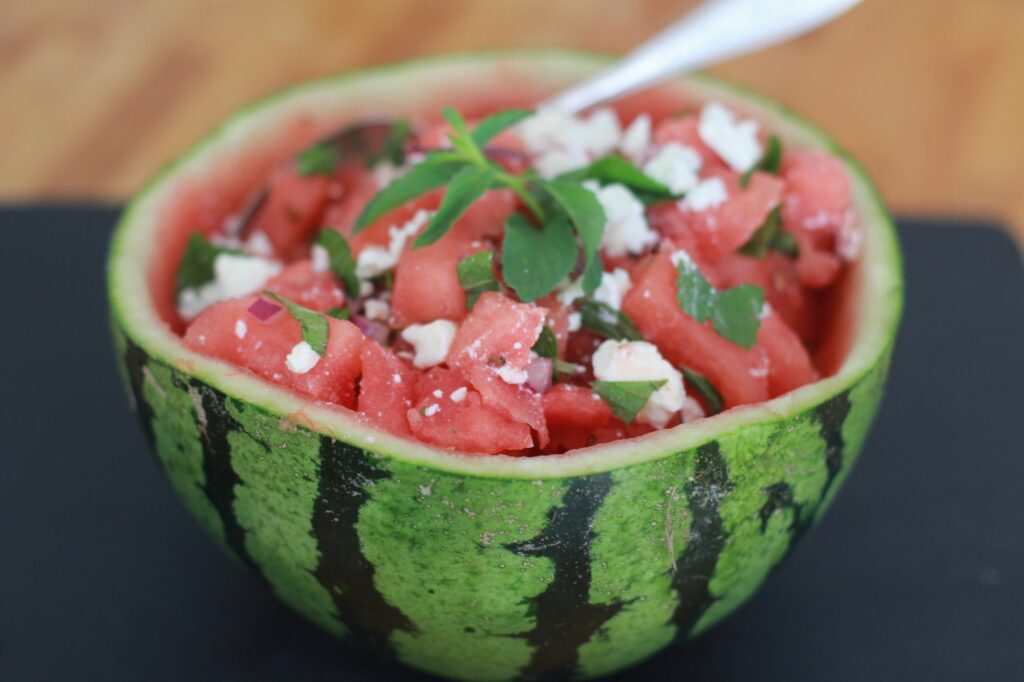
The beginning answer to that, although short is; No, it’s not! Well, diabetic subjects may feel inclined to use regular low-fat and even fat-free salad dressings. But did you know? It is also important to note that full-fat salad dressing possesses positive properties that can beneficial for the diabetic and these are: One of the basic constituents of this food includes Vinegar and Olive oil, as it was pointed out by a certified medical physician named Irina Todorov.
Regarding the fat issue or concern and I quote you “fat”, it is an all-natural, healthy fat and contains nutrients that would be beneficial for a diabetic or a pre-diabetic individual. Another research by the European Journal of Clinical Nutrition shows that salad dressings can help normalize the blood sugar level.
7: Why Orange Juice Doesn’t Compare to Whole Fruit as a Healthy Choice

It gives the impression of being healthier than actual fruits especially when people resort to taking orange juice in the morning. Indeed, Nutritionists and Health experts have had a lot of discussion on this individual point but one fact remains! Interestingly, whole orange juice with pulp has pretty much more concentration of sugar in it than real fruits.
According to Lynn Grieger, an accomplished nutritionist, you should avoid fruit juices, especially if one has type-2 diabetes. In regards to the natural orange juice extracts, one should consume them in small amounts or the ones that contain a very small amount of sugar.
8: Potato Chips: Not the Solution for Afternoon Cravings
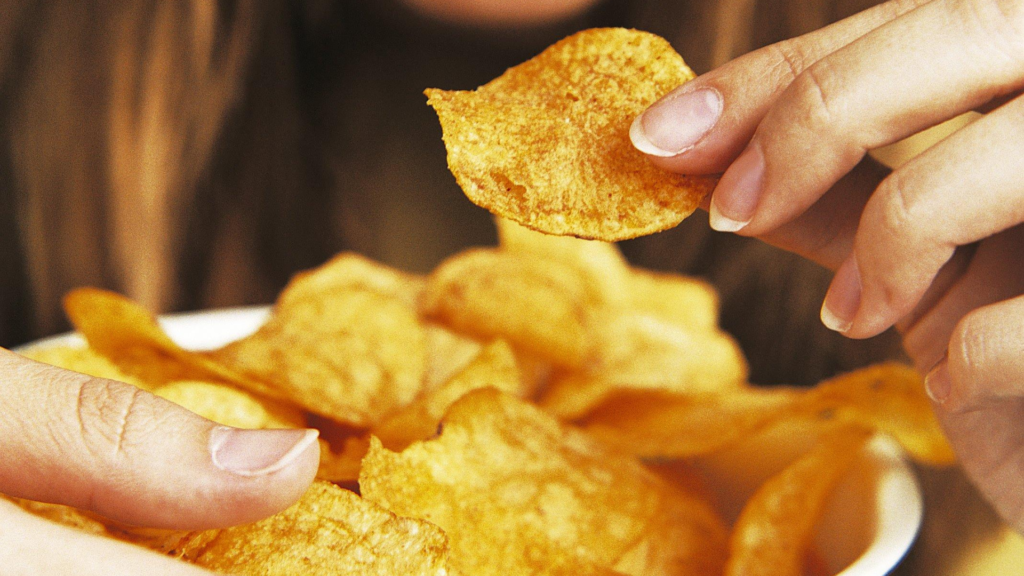
What do these tasty bites have to do with diabetes, one may ask? First of all, it’s fried. Second, potato chips are preferred by most people due to their salty taste. These two factors greatly contribute to an increase in your blood pressure if you take much of it. And yes, one never even gets to know they are taking so many of those snacks in a single serving.
That is so because based on an article published in the “Journal of Nutrition”, high-sodium food is somewhat sort of addictive if consumed for a leisure activity such as snacks as there is no way to set a stop once the craving is triggered. Potato chips can therefore be replaced by something natural, like almonds, avocados, or yogurt with berries.
9: Steer Clear of Traditional Electrolyte Sports Beverages

Electrolyte sports drinks help replenish your body in a few moments in the same manner. However, the normal ones are unhealthy to persons with diabetes, healthwise and disciplined as they may seem. That’s largely because they contain sodium and minerals such as carbs and caffeine which individuals with diabetes are encouraged to shun. Still, many stores can offer diabetic-friendly electrolyte sports drinks.
In any case, you should ideally consult with a specialist and then find out which drink is most appropriate depending on the severity of your current diabetes. However, the sports drinks of the most famous companies you wouldn’t wish them to be appropriate for you at all! Ensure that the electrolyte drink you purchase has no added sugar and that its caffeine levels are relatively low.
10: Avoid Flavored Oatmeal Options for Better Health

Oatmeal in its traditional form has potential benefits for diabetics. However, nutritionists have cautioned against taking flavoured or sweetened oatmeal for “sugar menace”. Any sort of flavour must contain sweetening agents for taste as well as preservative agents for the sake of the quality of the food product. These two aspects lead to a high level of added sugar which reduces the natural nutrition content of the raw oatmeal.
Therefore, skip instant oatmeal, especially if it is described as “flavoured or sweetened. However, it is recommended to add it in a small amount as the fruit extracts could also be added as a garnishing solution for the consumable product. Besides, try adding a spoon of peanut butter, berries or sliced apples and enjoy flavoured oatmeal that is also reduced-sugar for diabetics!
11: Beware of Added Sugars in Canned Fruits & Vegetables
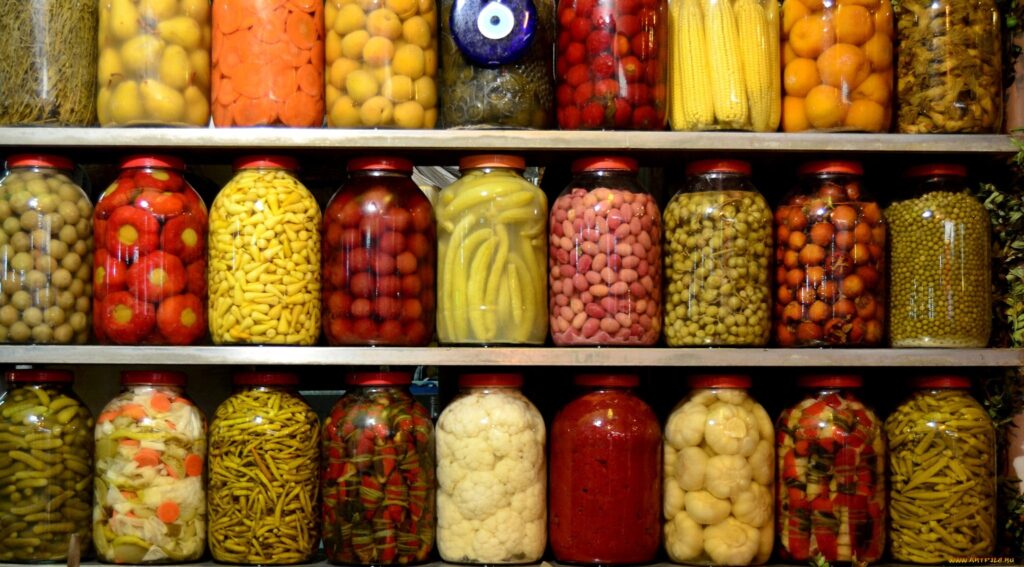
There is not much difference in the quantities of added sugars, but the salt content is a little more in canned fruits and vegetables, and with due reason! Still, they need to be preserved for a longer term than temporary ones are. In other words, you will discover that the consumption of canned vegetables increases their salt content whereas fruits contain additional sugars. The escalated amounts of sugar and salt that would be included in the canned food would make it less healthy for diabetics than fresh food.
Thus while canned food may indeed be nutrition equivalent to fresh food, it is not advisable for diabetic patients because of the sugars and salts used in the preservation process. It is high time to leave this convenience and switch to natural fresh food products Instead.
12: French Fries: Assessing the Healthiness of this Snack Option

Well, we are sure you are a big fan of French fries even if you are not that big a fan of junk food. Though it is one of the most consumed snacks, it is known for its terrible impact for so many reasons. Contain carbohydrates, fried in vegetable oil, and deep-fried to the extent that the inside of the fries are filled with oil and these are some of the reasons why they are mostly regarded as unhealthy.
For diabetic individuals, French fries are even more dangerous, and I will explain why in the following sections. That is why when the mixture contains a high level of salts, it is further aggravated by the inclusion of trans fat. Thus the snacks you take should be something new, fresh, not fried, and low in sugar and salt.
13: Energy Drinks: Why They Aren’t an Energy Source for Diabetics
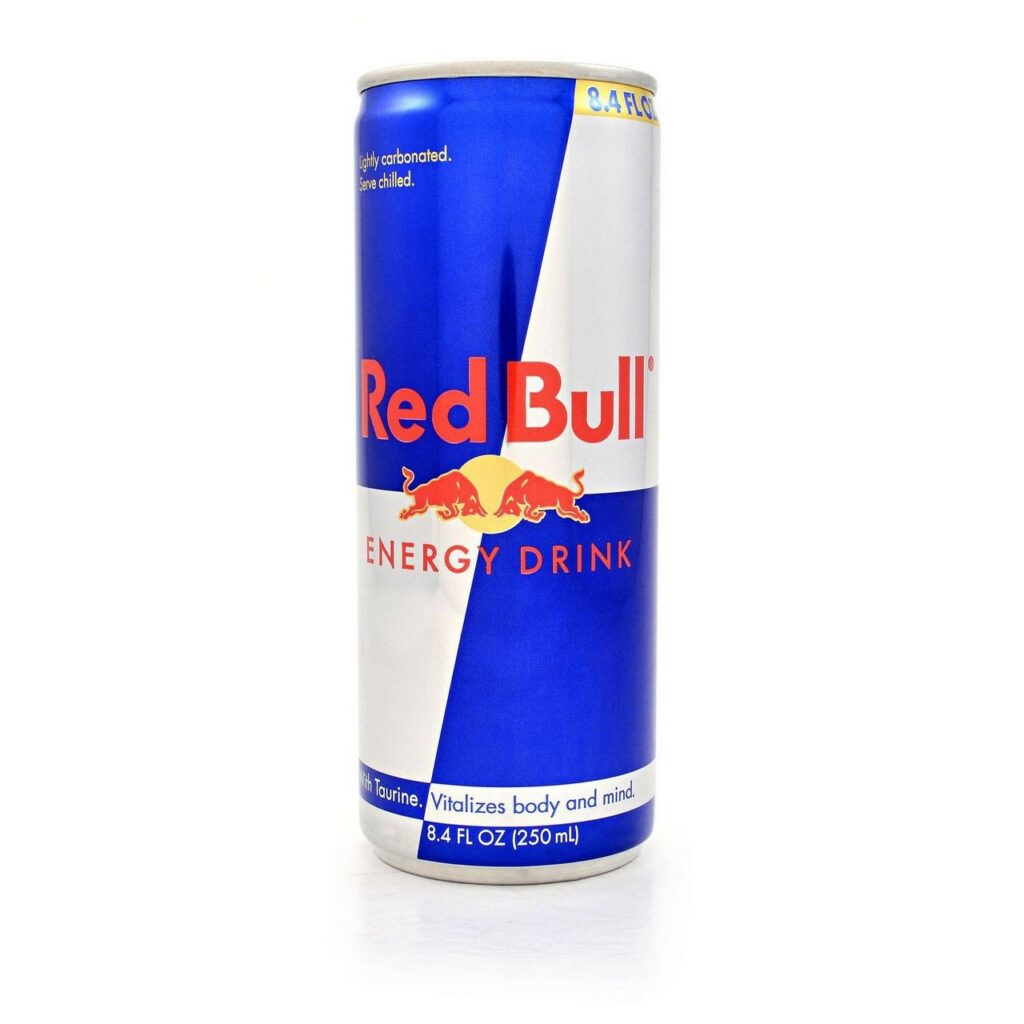
Yes! They are just a calamity to the body that has been invaded by diabetes. Wondering why? Where should we begin? Rich in caffeine. Higher concentration of sugars. Carbonation. These cause depletion of bodily fluids, the potential for developing cardiovascular disease (when one indulges in excessive drinking), anxiety as well as weight gain in a fully healthy person not to mention what it does to a diabetic.
If you are diabetic, you should avoid taking energy drinks and all the other soft drink types to make your situation worse. Sweeteners added to these beverages will counter all efforts to manage your blood sugar levels. Otherwise, regular or even increased alcohol consumption leads to weight gain, which also negatively affects the treatment process.
14: Embrace Meat in Moderation, but Avoid Processed Varieties

Among those food types considered healthy for diabetics, meat is obviously on the list. But even this ”healthy” food product is processed with the ”contamination” of salts and other preservatives which readils a product they refer to as ”processed meat”. It is best avoided if you want a lifestyle change that would reduce diabetics, especially type 2 diabetes.
According to several researches on food and its effects on the body, processed meats are listed among the top food types that lead to raised insulin resistance levels. But, of course, it goes somewhat in the degree of how much-processed meat one takes. It means that if it is only a once-in-a-while thing, then it may not be as disastrous to the body. However, the replacement of processed meat in its entirety with fresh and natural red meat is a safer side that needs to be taken.
15: Avoid Excessive Consumption of Fruit Smoothies

Fruit smoothies are, in fact, very good for breakfast because they are a natural form of energy hence healthy. Yet, as a diabetic patient, it is best to be safe and only take them in moderation. Whereas taking high amounts of fruit smoothies can increase your blood glucose or interfere with the process of controlling them.
This is because, as earlier said a fruit smoothie consists of different fruits which are blended with milk or other liquid and the sugar content increases. Now, we aren’t advising against it completely, but instead of drinking it often, limit your fruit smoothies intake.
16: Moderate Consumption of Honey is Advisable

This one comes as a shock because many people think that because honey is natural, it is healthy for you and can be used as a substitute for table sugar, well wrong, it is sweet natural, but it has the potential to spike your blood sugar 18 minutes after consuming it. It is therefore important to embrace honey as a natural sweetener full of nutrients as compared to table sugar. But labelling it as something different from sugar will mean that you use it regularly in normal quantities without precautions.
Avoid sugar and replace it with honey but ensure that you are moderate in its intake. However, even the least quantities of sweeteners and even honey can also have a reverse effect if one is not careful about how much he/she takes in his/her diet.
17: Popcorn: A Healthy Snack, but Beware of Flavored Varieties
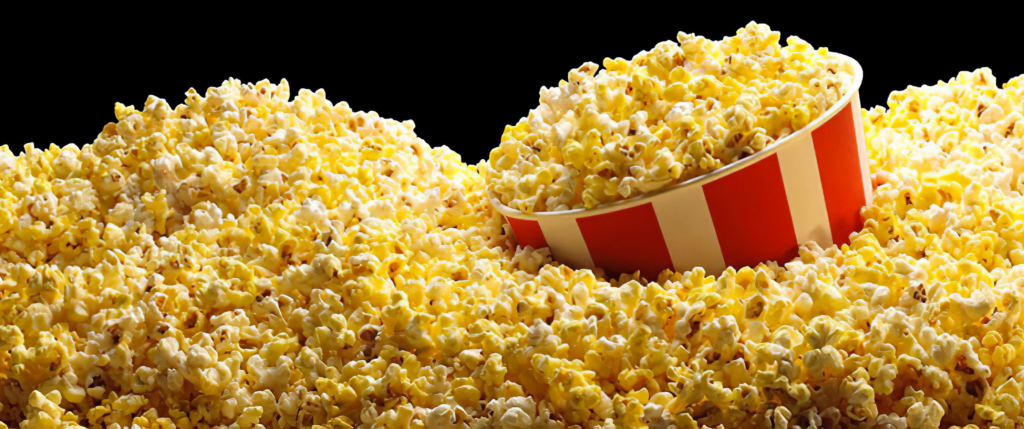
Little adorable popcorn to satisfy your cravings throughout mid-day. The good news is, that it’s diabetic-friendly because of its low GI, so munch away. However, this snack is as innocent as a baked cookie and is “tainted” with artificial flavours and pre-packaged angel wheat flour. Restaurants make flavoured popcorn with sugar, salt, caramel, and chocolate; it’s hard to resist lubing up for such foods. Don’t worry about it; ignore it completely as a diabetic. You love it with unsalted plain salt; toss it with this diseased packaged popcorn and a scoop of nuts or your favourite diabetic snack.




